✪✪✪✪✪ http://www.theaudiopedia.com ✪✪✪✪✪ ✪✪✪✪✪ The Audiopedia Android application, INSTALL NOW – https://play.google.com/store/apps/details?id=com.wTheAudiopedia_8069473 ✪✪✪✪✪ What is WATER VAPOR? What does WATER VAPOR mean? WATER VAPOR meaning – WATER VAPOR definition – WATER VAPOR explanation. Source: Wikipedia.org article, adapted under https://creativecommons.org/licenses/by-sa/3.0/ license. Water vapor, water vapour or aqueous vapor, is the gaseous phase of water. It is one state of water within the hydrosphere. Water vapor can be produced from the evaporation or boiling of liquid water or from the sublimation of ice. Unlike other forms of water, water vapor is invisible. Under typical atmospheric conditions, water vapor is continuously generated by evaporation and removed by condensation. It is lighter than air and triggers convection currents that can lead to clouds. Being a component of Earth’s hydrosphere and hydrologic cycle, it is particularly abundant in Earth’s atmosphere where it is also a potent greenhouse gas along with other gases such as carbon dioxide and methane. Use of water vapor, as steam, has been important to humans for cooking and as a major component in energy production and transport systems since the industrial revolution. Water vapor is a relatively common atmospheric constituent, present even in the solar atmosphere as well as every planet in the Solar System and many astronomical objects including natural satellites, comets and even large asteroids. Likewise the detection of extrasolar water vapor would indicate a similar distribution in other planetary systems. Water vapor is significant in that it can be indirect evidence supporting the presence of extraterrestrial liquid water in the case of some planetary mass objects.
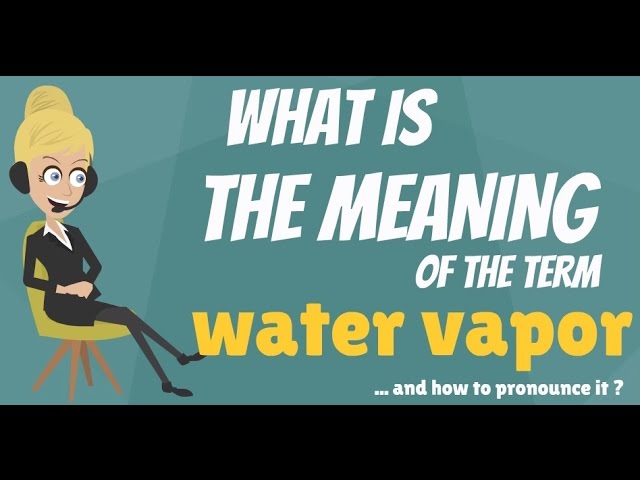
What is WATER VAPOR? What does WATER VAPOR mean? WATER VAPOR meaning & explanation
- Post author:
- Post published:May 17, 2021
- Post category:Uncategorized
- Post comments:0 Comments
You Might Also Like

Donkey Kicks-7

Barbell Shrugs – Shoulder n Traps – Upper Body Workout Routine
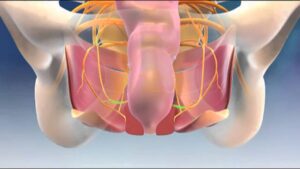
Anorectal Surgeries Video – 4
Whey Protein Supplement

Lose Your GUT In 30 Days | 5 Steps To JUMPSTART Fat Loss

Step Up-4
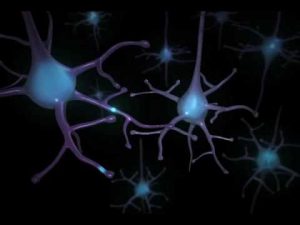
Ondansetron for Alcoholism

Dynamic Stretching for Lower Body (Do Before Leg Workout)

Male Reproductive System: Functions, Organs and Anatomy

Production and Action of Testosterone

FAT SOLUBLE VITAMINS MNEMONICS AND HINTS

Lateral Raises-5
![Read more about the article Top 5 Vitamins to Build Muscle & Gain Weight [HD]](https://videos.drmaheshkumar.com/wp-content/uploads/2021/05/Top-5-Vitamins-to-Build-Muscle-Gain-Weight-HD-300x225.jpg)
Top 5 Vitamins to Build Muscle & Gain Weight [HD]

Human Growth Hormone in IVF

Laproscopic Surgeries Video – 4

Aerobic exercise for beginner

Internal organs of human body model

Bodybuilding Video – 4
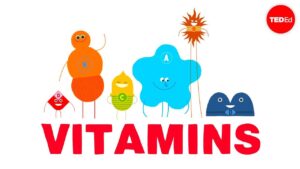
How do vitamins work? – Ginnie Trinh Nguyen

Thyroid Scan

Do Calories Matter in Ketosis: Insulin vs Thermodynamics (With Dr. Anderson)
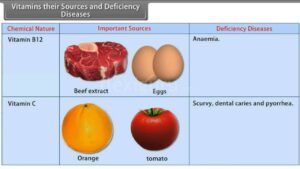
Vitamins their Sources and Deficiency Diseases

Sports Physiotherapy Video – 13

Keto Diet, Keto Foods, Keto Recipes Video – 10

Behavioral Psychology Video – 1
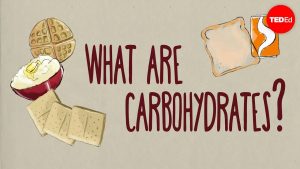
How do carbohydrates impact your health? – Richard J. Wood

Pathology Video – 3

BICEPS – DB Cross Body Hammer Curls

Human Body, Body Building Muscle Building Anatomy Physiology Video – 32

HOW TO LOSE WEIGHT FAST 10Kg in 10 Days – Indian Meal Plan / Indian Diet Plan by Versatile Vicky

Orthopedics Video – 1

Multivitamins & Vitamins Guide – Bodybuilding.com

Neuropsychiatry Video – 2

Exercise Intensity

3D CT Angiography in the evaluation of Intra Cranial Aneurysms – Seminar PPT Presentation

Newest Technology | Heart Stent video (Angioplasty) New Medical Line Video | Heart Attack reasons

? Exercise Back Workouts (Dumbbells Row Only)

Triceps Pulley – RJNet Training
Fitness Components
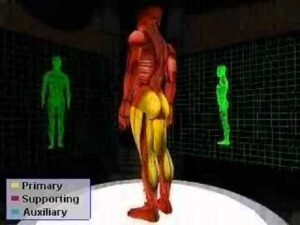
Running Muscle Groups used

Digestive System – Learning by Picture & Chart -Kides

